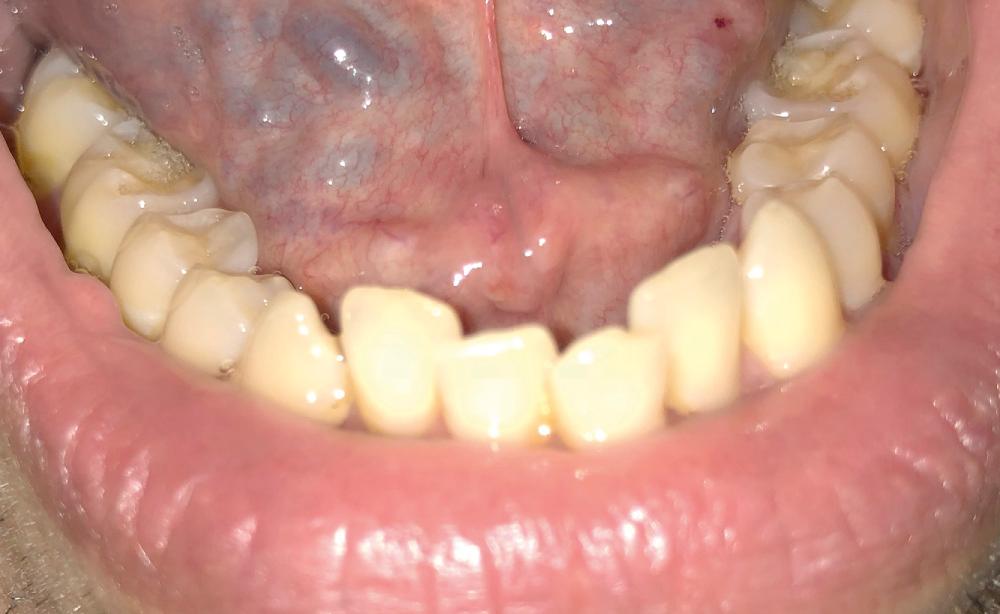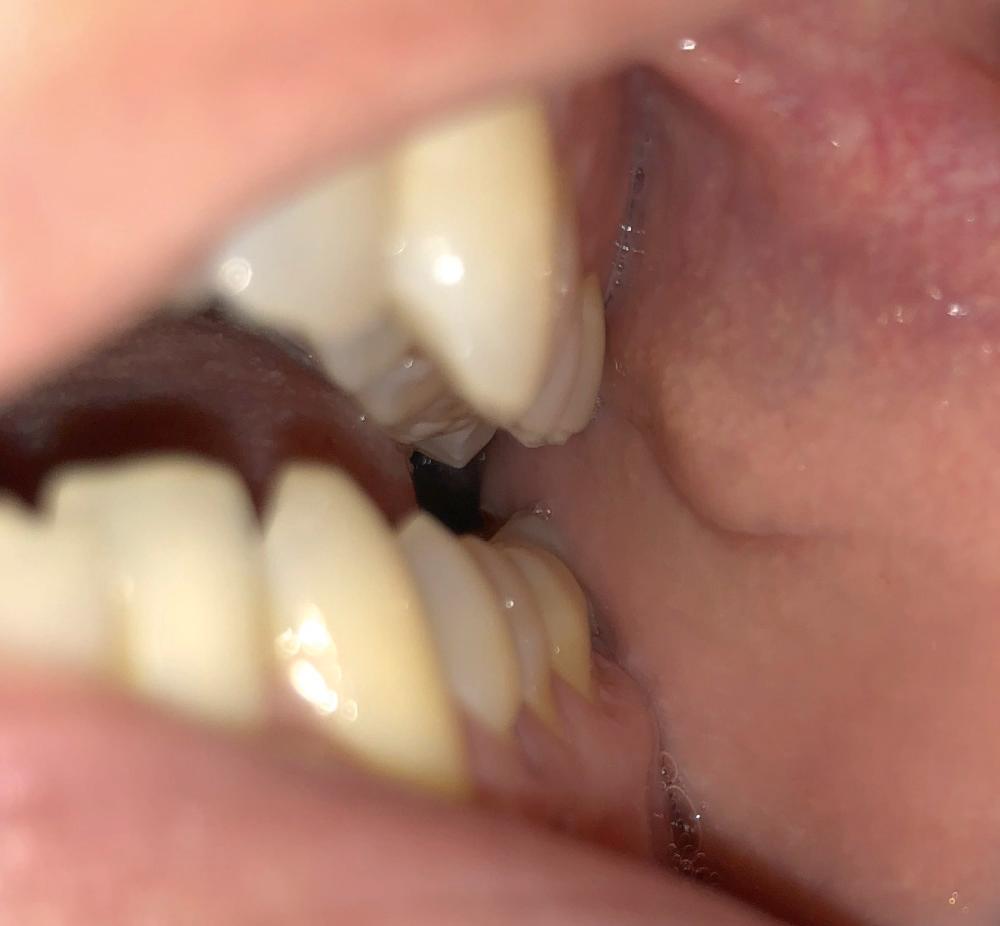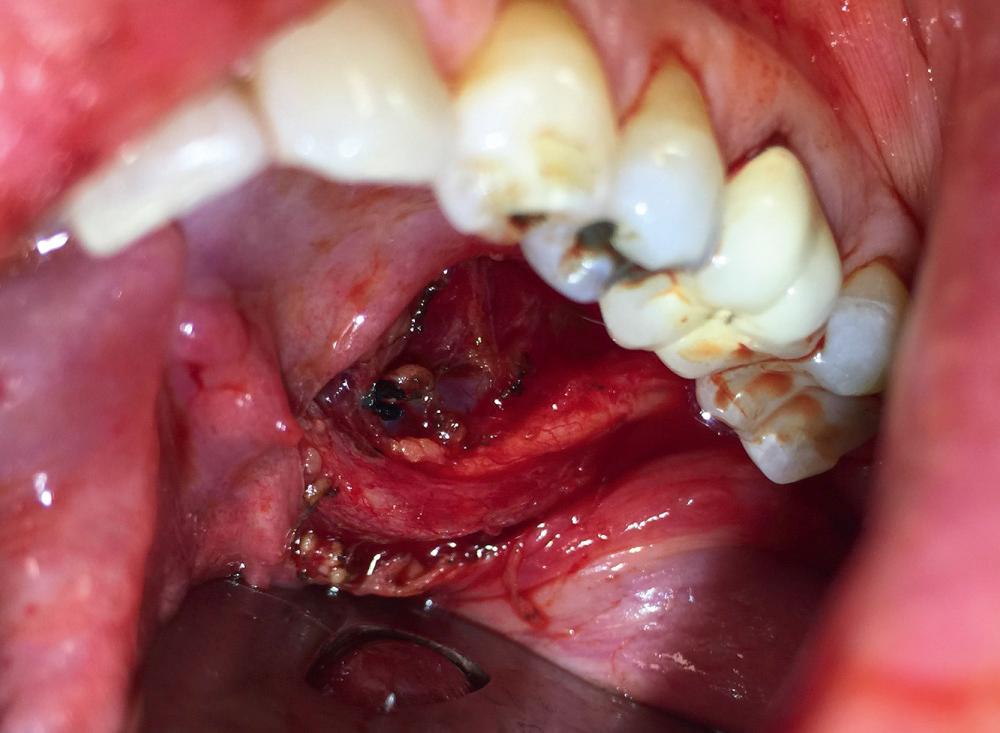Physical Address
304 North Cardinal St.
Dorchester Center, MA 02124
The applications of sialendoscopy continue to increase. Whether in isolation or as an accessory to more invasive techniques, sialendoscopy has expanded gland-sparing options for the management of non-neoplastic salivary disorders. Appropriately, this has caused an increased interest in the use of sialendoscopy by physicians and patients alike. As with the implementation of any new technology, it is important that surgeons who are seeking to incorporate sialendoscopy into their practice do so in a manner that is both safe and efficient. The goal of this chapter is to provide advice for the novice sialendoscopist to optimize success during the learning curve of adoption.
Traditional approaches to obstructive and chronic sialadenitis are limited in number and effectiveness. Conservative measures, such as medical management and/or ductal expansion with dilation or sialodochoplasty, typically result in undertreatment as they do not address the underlying source and often result in ongoing symptoms. Gland excision, on the other hand, typically results in overtreatment by removing physiologically functional tissue and carries with it associated surgical risks. Sialendoscopy offers several advantages over traditional approaches and can be used for both diagnostic and therapeutic purposes. By allowing endoscopic access to the salivary ductal system, sialendoscopy has expanded the minimally invasive options for the management of salivary gland disorders. This is evident not only by the increasing interest in the technique, but also by a demonstrable drop in the number of salivary gland excisions when it is utilized. Proper knowledge and preparation are critical to the success of sialendoscopy. This chapter offers recommendations to those who are getting started in the incorporation of sialendoscopy into their practice.
It is strongly encouraged that any surgeon new to sialendoscopy takes a formal course prior to initiation in practice. Specific advantages of a formal course include didactic introduction to techniques and concepts, hands-on experience with the equipment, and access to expert instruction and counseling. Courses for both beginner and advanced sialendoscopists are available in Europe, Canada, and the United States. Animal and cadaveric models allow surgeons to increase familiarity with techniques prior to intervention on patients. When available, a visit to observe an experienced sialendoscopist performing live surgery further enhances a beginner's understanding of the set-up and steps of sialendoscopy by providing real world exposure that cannot be mimicked in a laboratory. Proctorship or direct availability of an experienced mentor for phone consultation during one's first few cases helps to cover any subtleties that may not have been appreciated during the formal training. After performing some cases, additional education through return to a formal course, study of published resources, and attendance of panels and lectures at national meetings, will be enhanced by the perspective gained from an early experience in sialendoscopy. Interest groups and formal sections for sialendoscopy have been developed within North American societies, such as the American Academy of Otolaryngology and the American Head and Neck Society, in addition to the European Salivary Gland Society (ESGS), now the international Multidisciplinary Salivary Gland Society (MSGS). These offer further online and in person opportunities to seek counsel and share ideas. Finally, it is important that the training and preparation extend beyond the surgeon. Intraoperative nurses and anesthesiologists should be educated regarding sialendoscopy and issues pertinent to their roles prior to embarking on a case. The personnel responsible for the sterilization of the endoscopes must be educated on proper handling to minimize preventable damage and associated costs.
As with any surgical procedure, a thorough understanding of the anatomy is critical for a successful outcome. While the locations of the Wharton's ( Fig. 13.1 ) and Stensen's ( Fig. 13.2 ) papillae are familiar to most and visibly obvious, knowledge of the subtleties of how their ducts course can be the difference between a positive and frustrating result. The course of the ducts and their relationship to surrounding structures becomes more important during interventional approaches that require incisions and dissection through adjacent tissue. Deep floor of mouth and deep buccal anatomy is rarely encountered in routine practice, and transoral and transcutaneous approaches to these areas result in different perspectives of the same structures. As such, nonendoscopic intervention requires a 3-dimensional understanding of the anatomy, especially with regards to the relationship of the ducts with the lingual and buccal nerves ( Fig. 13.3 ). Not only does in-depth knowledge of anatomy facilitate localization and removal of stones, but it also prevents damage to these adjacent nerves. Submandibular duct stones are most commonly located in the proximal duct as it crosses under the lingual nerve ( ). Finally, due to a small potential for complication requiring immediate intervention, it is advised that all surgeons performing sialendoscopy have the competence to proceed with gland excision as a salvage procedure.



Much of the equipment used during sialendoscopy is fragile and expensive. Due to this, the acquisition of equipment is often the biggest hurdle for the adoption of sialendoscopy into practice. In addition to the endoscopes, there are an increasing number of accessory tools that aid with access, intervention, and stenting. Familiarity with these accessory tools will optimize the beginner's experience and outcomes. The supplier of the sialendoscopes has developed a rental program to support institutions during the initiation process. Utilization of rental agreements and limitation of purchases to the most necessary accessories are advised until experience and case volume justify expansion. Fortunately, much of the supporting equipment required for sialendoscopy is already available to most surgeons, such as camera, light source, loupes, mouth gag, and irrigation system. Other common medical equipment can be repurposed to aid during sialendoscopy, such as the use of an angiocatheter for ductal access or stent. Due to the fragility and cost, proper handling and care of the sialendoscopes is stressed and proactive management of a chain of custody through the sterilization process is encouraged.
Become a Clinical Tree membership for Full access and enjoy Unlimited articles
If you are a member. Log in here